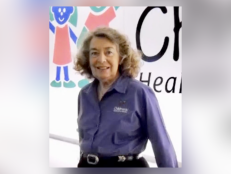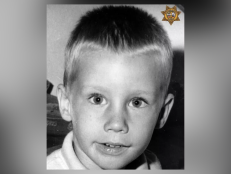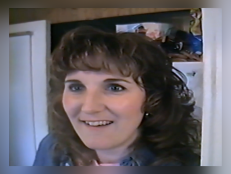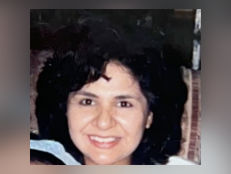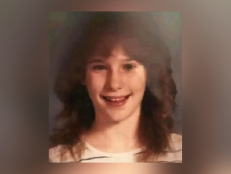Family Claims FBI Botched Investigation Of Indigenous Woman’s Death
“I can't bear any of my tribal members to go through what I went through,” says Ashlea Aldrich’s mother.
![Ashlea Aldrich, 29-year-old mother of two, was found in a farm field on the Omaha Indian Reservation [via GoFundMe]](http://investigationdiscovery.sndimg.com/content/dam/images/investigationdiscovery/crimefeed/legacy/2021/05/ashlea-aldrich-gofundme-051321.png.rend.hgtvcom.616.462.suffix/1620941998905.png)
Ashlea Aldrich, 29-year-old mother of two, was found in a farm field on the Omaha Reservation [via GoFundMe]
Over one year after their daughter’s death, Galen and Tillie Aldrich are still searching for answers about what might have happened.
On January 7, 2020, the nude body of Ashlea Aldrich was discovered in a field on the Omaha Reservation in Nebraska. She had been reported missing days before.
“The court system and our law enforcement never protected my daughter,” Galen recently told the Sioux City Journal. “I'm going to make sure nobody ever forgets what happened to her.”
The 29-year-old’s death certificate states she was “found deceased after she wandered off” and died from “hypothermia complicating acute alcohol toxicity.” Her manner of death was determined to be an accident.
Aldrich’s family, however, disagrees. They claim she was the victim of domestic violence and said they made dozens of calls to tribal police over the years alleging her boyfriend assaulted her, The Journal reported.
No charges have been filed against the boyfriend.
Galen viewed his daughter’s body at the funeral home, and told The Journal that he saw that “she had a black eye, her nose was swollen and there were little welts all over her.”
He alleged an FBI agent previously had said there was no evidence of an assault before his daughter’s death.
When Alyssa Aldrich located the body near where her sister had lived with her longtime boyfriend, Ashlea’s back and legs were covered in mud, Tillie said. The mother then claimed an FBI agent told her there were no observable abrasions or mud on Aldrich’s feet.
“It was hard to even wrap my head around anything,” she recalled at the time, later observing that “there are too many unanswered questions” in the investigation. She claimed the agent who looked into Aldrich’s death “was negligent and clearly wanted a quick, closed case.”
Amy Adams, a spokeswoman with the FBI's Omaha office, told The Journal the agency “can neither confirm nor deny an investigation” into the cause of Aldrich’s death and the status of the case.
Last January, loved ones held a vigil for Aldrich to mark the first anniversary of her passing.
“Even we couldn't protect her,” Tillie said at the event. “The law enforcement can't protect her. None of our laws can protect her. That's what we're fighting for. We're fighting for justice, so that we'll never have another Ashlea. I can't bear any of my tribal members to go through what I went through this last year.”
According to the Centers for Disease Control and Prevention, homicide is among the leading causes of death for non-Hispanic American Indian and Alaska Native women.
Researchers at the Urban Indian Health Institute recently conducted an in-depth study and found that crimes against indigenous women, including murder, often go underreported.
“The lack of good data and the resulting lack of understanding about the violence perpetrated against urban American Indian and Alaska Native women and girls is appalling and adds to the historical and ongoing trauma American Indian and Alaska Native people have experienced for generations,” UIHI concluded in a report.
Judi gaiashkibos, the executive director of the Nebraska Commission on Indian Affairs, told the Kearney Hub that females in indigenous communities “are very vulnerable by isolation” and that “predators know that.”
“See no evil, hear no evil, we can’t do that anymore,” gaiashkibos insisted. “Those days are over. Help us save these women and children.”
